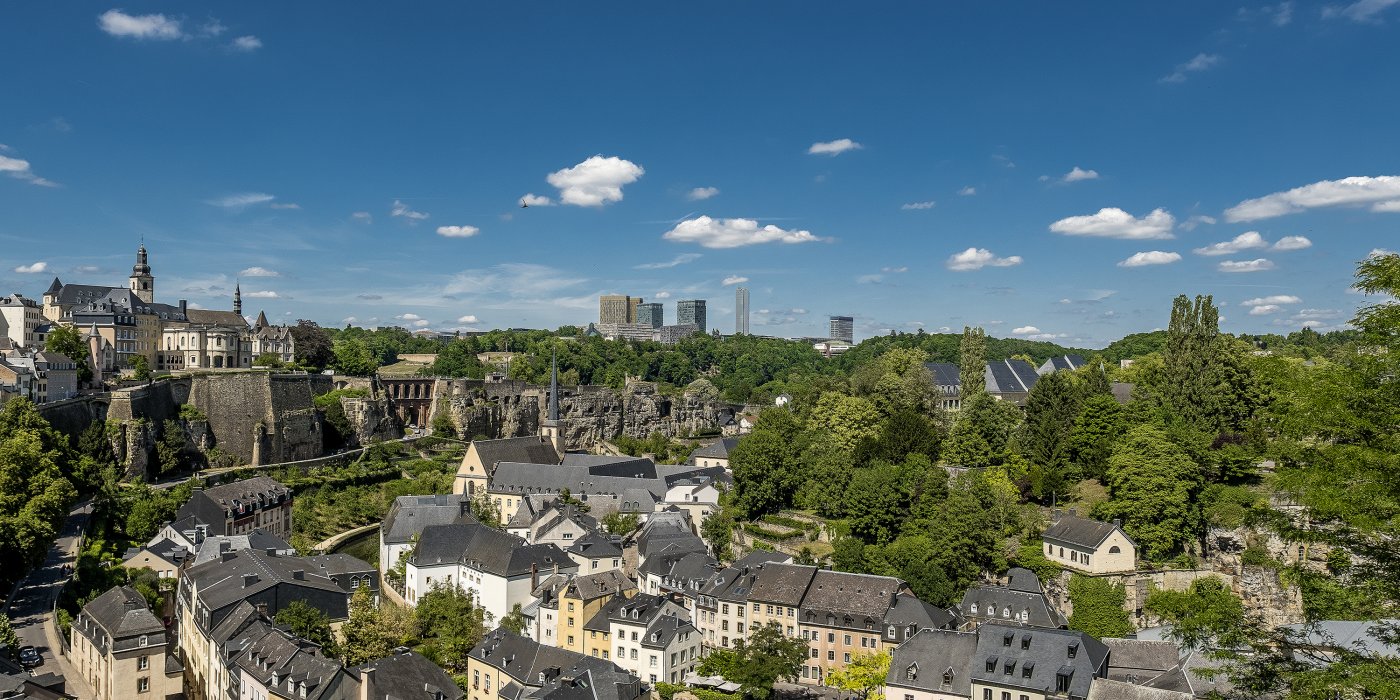Description
Nicolas Majerus was born in Luxembourg City in 1788. He was a lawyer and later the notary for the canton of Luxembourg. He pursued his career from 1824 until his retirement in September 1853. His wife, Louise Krewinckel – who was originally from Brussels – was the sister of François Krewinckel, a banker who had taken up residence in Luxembourg. His son, Léon, was born in Luxembourg City in 1827. In 1853, he took over his father's practice, which he ran until 1910.
Léon Majerus was a founding member of the Société de Gymnastique. He was also instrumental in the opening of a theatre (1869) and was a founding member of the Société du Casino bourgeois, which was established in 1880.
He pursued his career until his death on 13 July 1910. Nicolas Majerus lived in Rue Clairefontaine. His son, Léon, lived in the lavish town house at 19, rue Notre-DAme, which he had built by the architect Oscar Bélanger in 1881, and which is now the official residence of H.E. the ambassador of France. Léon Majerus's sister, Thérèse (1822–1911), lived in the magnificent building with her brother. She eventually took over the deed for the burial plot where her brother's funerary monument stands.
In 1844, Thérèse Majerus married a Belgian artillery captain, Martin Marchand, who passed away in 1861. Thérèse died at the venerable age of 90, which was double the life expectancy of her time. The burial monument, which once included a small garden, consists of a headstone bearing an urn, with a font at its base. The inspiration for the monument came from the design of the water fountains found in public squares, and the symbolism of water as the source of life.















